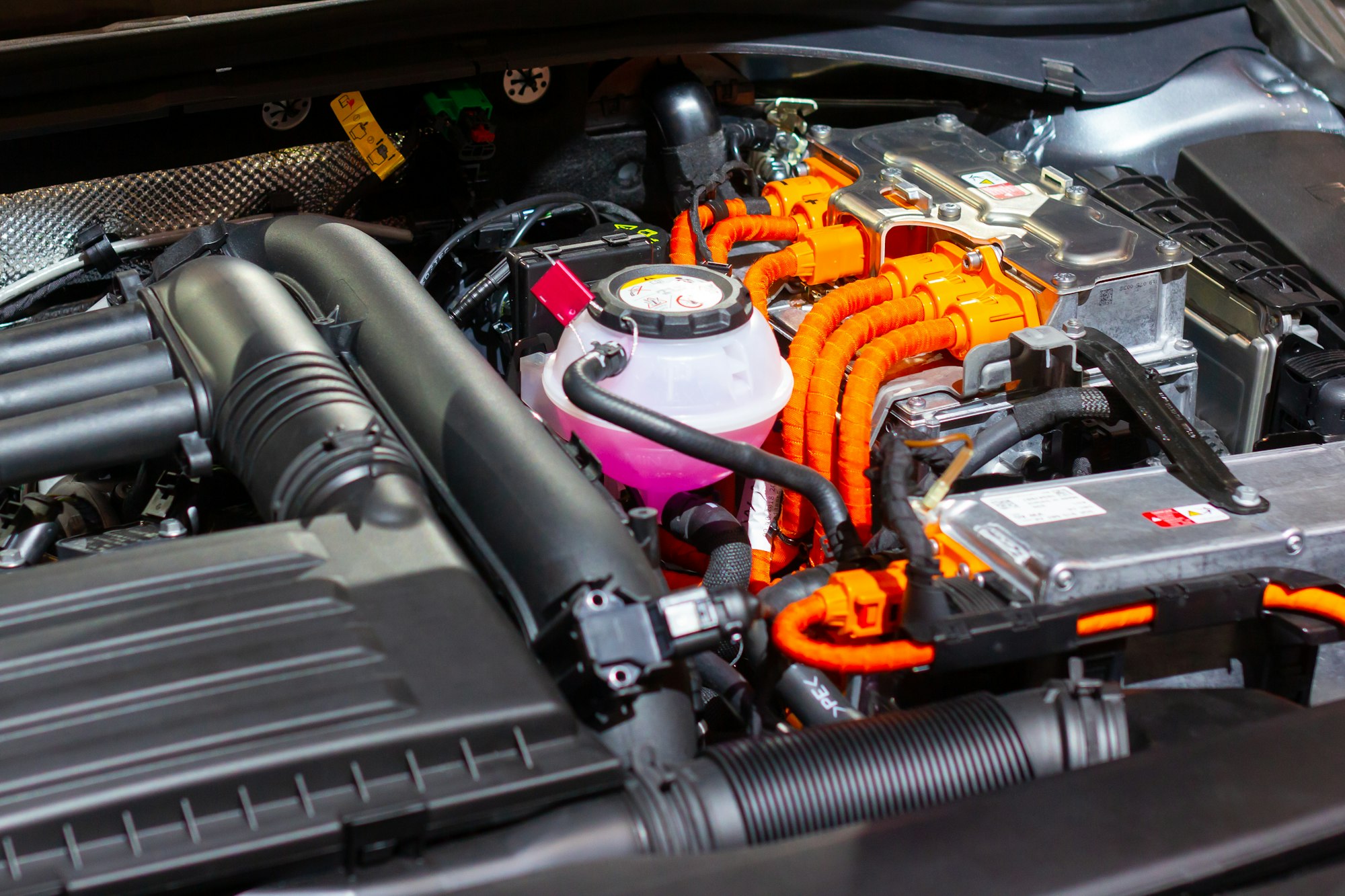As the automotive industry evolves, the quest for more sustainable and efficient transportation has become paramount. Hybrid vehicles, which combine the benefits of internal combustion engines and electric powertrains, have emerged as a pivotal solution in this green revolution. They offer a unique balance between performance and sustainability, providing an alternative to traditional gas-powered vehicles. This article delves into the rise of hybrid vehicles, exploring their benefits, technology, and impact on the future of transportation.
1. Understanding Hybrid Technology
1.1 What is a Hybrid Vehicle?
Hybrid vehicles use a combination of an internal combustion engine (ICE) and an electric motor to power the vehicle. This dual power source allows hybrids to optimize fuel efficiency and reduce emissions.
1.2 Types of Hybrid Systems
1.2.1 Mild Hybrids
Mild hybrids assist the ICE with a small electric motor but cannot power the vehicle on electric power alone. They provide improved fuel efficiency and lower emissions compared to traditional vehicles.
1.2.2 Full Hybrids
Full hybrids, like the Toyota Prius, can operate solely on the electric motor, the ICE, or a combination of both. They offer significant fuel savings and reduced emissions, especially in urban driving conditions.
1.2.3 Plug-in Hybrids (PHEVs)
PHEVs have larger batteries that can be recharged via an external power source. They offer an extended electric-only range, reducing the reliance on the ICE and further lowering emissions.
2. Advantages of Hybrid Vehicles
2.1 Fuel Efficiency
Hybrid vehicles are designed to maximize fuel efficiency. By combining the ICE and electric motor, hybrids can significantly reduce fuel consumption, especially in stop-and-go traffic. Regenerative braking systems further enhance efficiency by capturing energy that would otherwise be lost.
2.2 Reduced Emissions
Hybrids emit fewer greenhouse gases compared to conventional vehicles. The ability to operate in electric-only mode, particularly in urban environments, results in lower tailpipe emissions. This contributes to improved air quality and a reduction in the overall carbon footprint.
2.3 Performance Enhancements
Contrary to early misconceptions, modern hybrids are capable of delivering impressive performance. The instant torque provided by electric motors complements the power of the ICE, resulting in a smooth and responsive driving experience. Many hybrids now offer sport modes that enhance acceleration and handling.
3. Technological Innovations in Hybrid Vehicles
3.1 Advanced Battery Technology
Battery technology has seen significant advancements, leading to more efficient and longer-lasting batteries. Lithium-ion batteries, commonly used in hybrids, offer higher energy density and faster charging times.
3.2 Regenerative Braking
Regenerative braking systems convert kinetic energy into electrical energy during braking, which is then stored in the battery. This technology not only improves fuel efficiency but also extends the lifespan of the braking system.
3.3 Smart Power Management
Hybrid vehicles use sophisticated power management systems to optimize the use of the ICE and electric motor. These systems ensure seamless transitions between power sources and maintain optimal efficiency under various driving conditions.
4. Impact on the Automotive Industry
4.1 Market Growth
The hybrid vehicle market has experienced significant growth over the past decade. Consumers are increasingly drawn to hybrids due to their fuel savings, environmental benefits, and advancements in technology. Major automakers are expanding their hybrid offerings to meet this growing demand.
4.2 Government Incentives
Many governments worldwide are offering incentives to promote the adoption of hybrid vehicles. These incentives include tax credits, rebates, and access to carpool lanes. Such policies are aimed at reducing dependence on fossil fuels and combating climate change.
4.3 Hybrid Technology in Other Segments
The success of hybrid technology in passenger cars has led to its adoption in other vehicle segments. Hybrid systems are now being integrated into trucks, buses, and even motorcycles, expanding the reach and impact of this sustainable technology.
5. Challenges and Future Prospects
5.1 Cost Considerations
While hybrid vehicles offer long-term savings on fuel, their initial purchase price is often higher than that of conventional vehicles. However, as technology advances and economies of scale are realized, the cost gap is expected to narrow.
5.2 Battery Disposal and Recycling
The disposal and recycling of hybrid batteries pose environmental challenges. Developing efficient and sustainable methods for battery recycling is crucial to minimizing the environmental impact of hybrid vehicles.
5.3 Future Innovations
The future of hybrid vehicles looks promising, with ongoing research and development focused on improving efficiency, performance, and sustainability. Innovations such as solid-state batteries, enhanced powertrains, and smart grid integration are set to propel hybrid technology to new heights.
Conclusion
Hybrid vehicles represent a significant step towards a more sustainable and efficient automotive future. By balancing performance with environmental responsibility, hybrids offer a compelling alternative to traditional vehicles.
As technology continues to evolve, the benefits of hybrid vehicles will only become more pronounced, making them an integral part of the transition to greener transportation. Embracing hybrid technology today sets the stage for a cleaner, more efficient, and innovative tomorrow.


